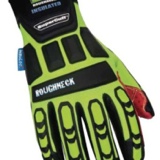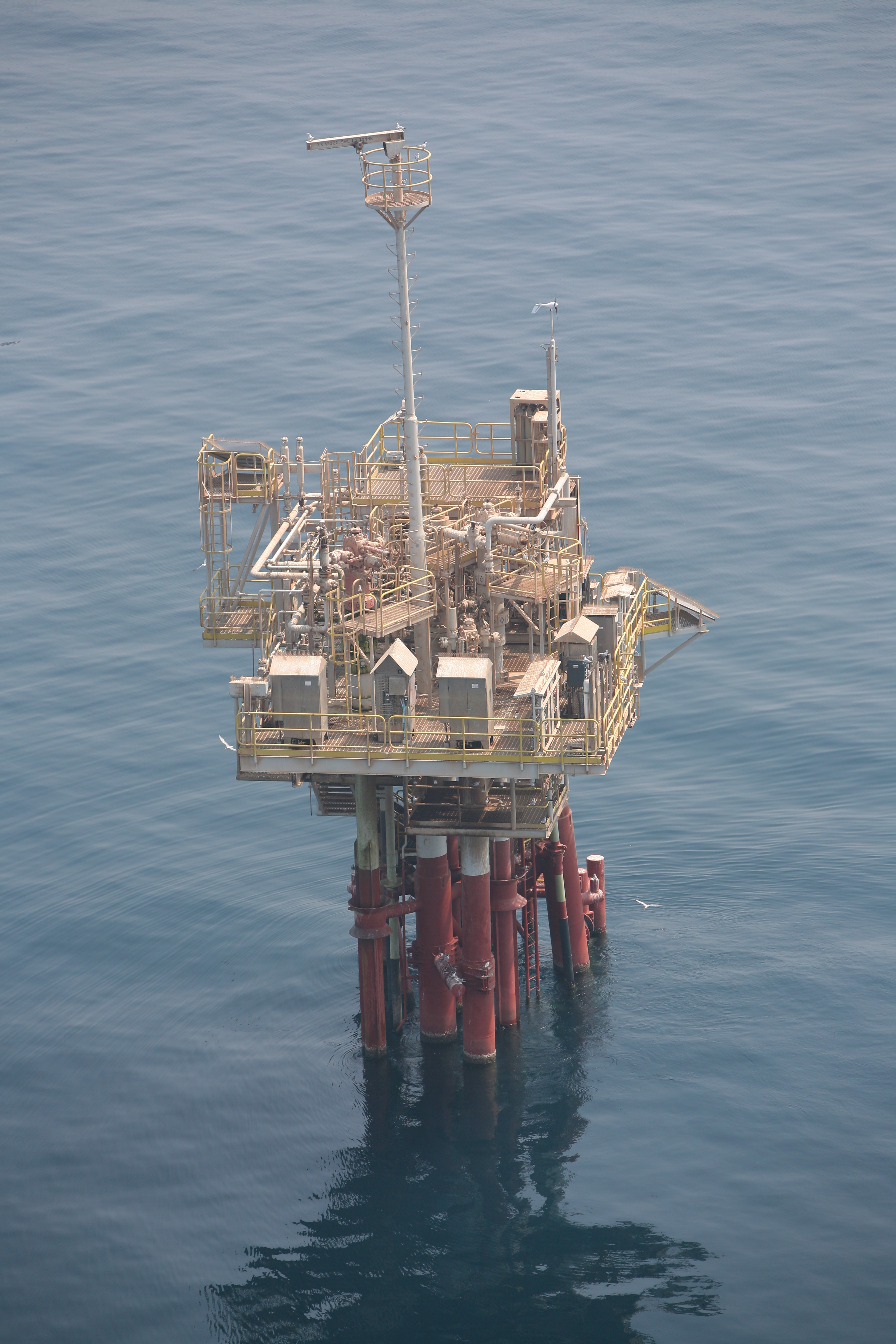Information
-
Date of Assessment:
-
Location:
- Al Wajba
- Al Rayyan
- Msheireb
- PS1
- Al Morjan
- Kikuyu
- Halul
- RLIC Jetty
- RLIC Toolrack
- RLIC Warehouse
-
Person carrying out assessment
-
Brief description of lifting operation:
-
Lifting operation observed was conducted between:
- Installation only
- Installation and Vessel
- Vessel to Vessel
- Vessel & Remote
-
Photo of Operation
-
1. Was the lifting operation categorised and planned as per the OPQL lifting operations flowchart?<br>
-
2. Did all team members attend a pre job safety meeting prior to commencement of the lifting operation?
-
3. Were the weight of the loads known before operations began? Are roadways clear to allow placement of outriggers/pads.
-
4. Were all lifting appliances & accessories inspected prior to use?
-
5. Were the loads being lifted secure , stable and correctly rigged ?
-
6. Was the Banksman clearly identified by wearing a Yellow Hi Visibility Jacket?
-
7. Did the Banksman & Crane Operator demonstrate the ability to control the lifting operation?
-
8. If tag lines were used, did the load handler/s use boat hooks/cargo handling tool to retrieve them.
-
9. Was OPQL's " Hands Off Policy" observed by load handlers on vessels ?
-
10. Were all lifting accessories re-inspected and stored post use?
-
1.All lifting operations must be planned and risk assessed prior to the operation commencing using the lifting operations flow chart to determine the category of the lift and the control measures applicable.
-
2.Crane operators, load handlers and banksmen should comply with relevant contractors’ procedures, installation procedures, comply with regulatory requirements, and use risk assessments and toolbox talks where appropriate.
-
3.The weight of the load must be known and must not exceed dynamic and / or static capacities of the lifting equipment.
-
4.Lifting appliances and accessories must have been certified for use within the last 6 months by a competent inspector and display the current lifting color code.
Daily crane inspections must be completed.All lifting devices and equipment have to be visually examined before each lift by the user.
All safety devices installed on lifting equipment must be operational. -
5.e.g. Appropriate sling size for load, sling angle not exceeding 90 degrees,Colour Code,slings on tubulars double wrapped and secured. Containers - load distributed evenly, not overloaded, cargo secured, sling set not twisted etc..
-
6.The Banksman must ensure that he is easily identifiable from other personnel by wearing a green coloured hi-vis jacket or waistcoat with reflective tape.
-
7.Crane operators will not raise or lower a load until all crew members are clear of the area and in a safe position away from the intended path of the load.
The Banksman will control the initial lifting of the load, laydown of the load and lifts that are out of the line of vision of the crane operator
The Banksman must not touch the load at any time and stand back from the load in a prominent position where he has a good view of the lifting activities.
He must remain in communication with the load handler and crane operator at all times. i.e. in line of sight.
For cargo operations on static locations the load handler (s) must:
Stand clear while a load is lifted clear of the deck or landed……. while slack is taken up with or without a load on the hook and must confirm to the banksman that he is clear.
Load handlers may touch the load providing the load is not swinging, the load is under waist height, no part of their body is under the load and an escape route is available. -
8.The use of tag lines is not recommended for All lifts as they could involve personnel standing in unsafe positions. They should only be used where deemed necessary and if used :
must be made up from a single continuous length of rope of appropriate diameter for the weight of the load.
Apart from the knot attaching the line to the cargo, there must be no other joints or knots in the line.
Tag lines must be of sufficient length to allow personnel handling cargo to work at a safe distance well clear of the immediate vicinity of the load.
A boat hook or similar equipment will be used to retrieve the suspended tag line. -
9.OPQL operates a strict Hands off policy for supply vessel crews. Load handlers will not touch loads and will remain clear in a safe position away from the intended path of the load, until the load is secure in its final position on the deck of the vessel and the rigging has been lowered to be un hooked. **For vessel to remote lifts, load handlers may touch the load , providing the load is not swinging, the load is under waist height, no part of their body is under the load, weather conditions permit,an escape route is available and assessment of task determines that "hands on" is required to orientate the load.
-
10.Any lifting equipment found to be defective during an inspection (or at any time during normal use) must be removed from service immediately until such times as the defect can either be remedied or the item can be removed from the worksite. Notification of defective equipment must be given to the relevant Supervisor who will arrange to repair or return the defective equipment to the onshore rigging loft for repair or scrap









